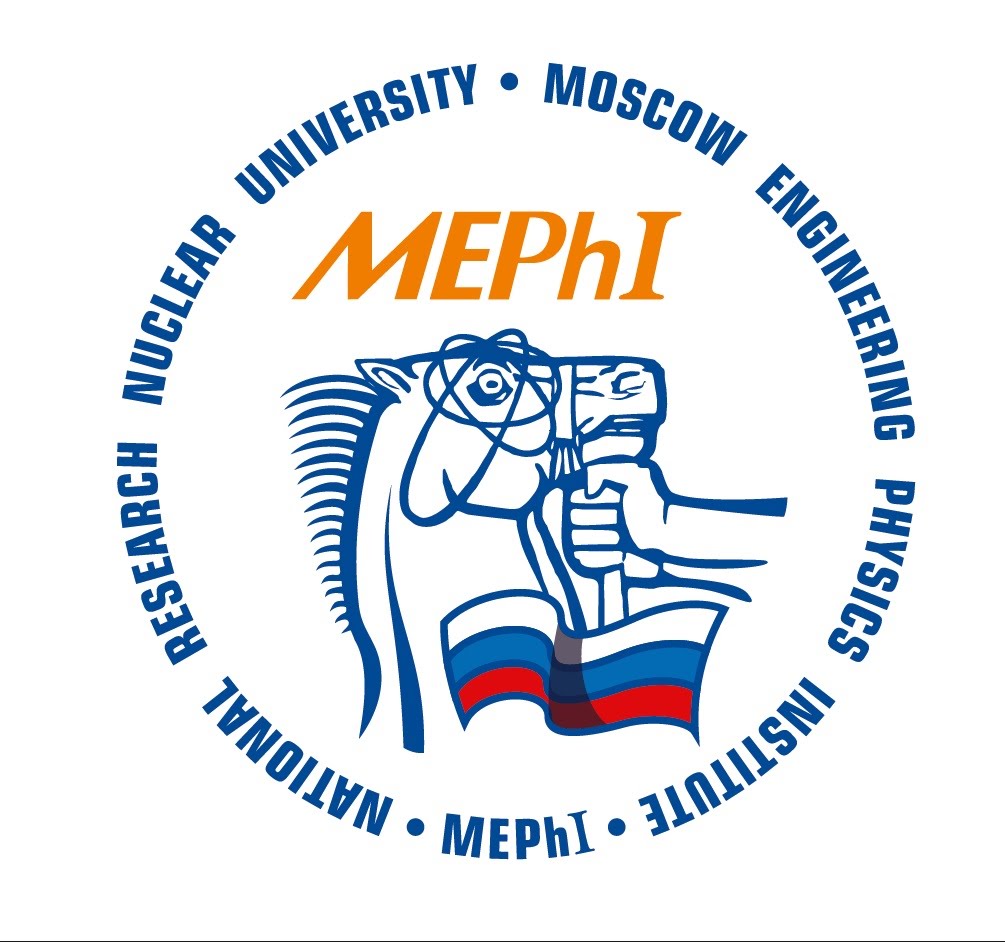Nuclear Reactors 544 - Researchers At A Russian University Are Investigating The Use Of Molybdenum Alloys For Fuel Rod Cladding
I have blogged in the past about research projects that are using molybdenum to produce a better nuclear fuel for reactors. Now researchers at the National Research Nuclear University MEPhI (Russia) Russia are working on improving the covering of nuclear fuel rods with a special form of molybdenum.
Currently, zirconium alloys are used to create the material called cladding that is used to cover the uranium fuel pellets in most nuclear fuel rods. Zirconium alloys are resistant to corrosion and erosion in water. They also have a low thermal neutron capture cross-section. This is a measure of the probability of a chemical interaction between neutrons and the atomic nuclei of the alloy. The smaller the cross-section, the lower the probability.
Zirconium alloys have several problems with their use for nuclear fuel rod cladding. They can generate heat in water and produce hydrogen gas which is highly explosive. This will happen if the temperature in the core of the reactor gets above thirteen hundred degrees Fahrenheit. This means that if there is a major problem with the cooling system at a nuclear power plant that is cooled by water, the zirconium cladding could caused explosions and fires. Hydrogen gas generated from zirconium cladding on the fuel rods at Fukushima totally demolished one of the reactor buildings and seriously damaged another.
Molybdenum alloys have been considered as a replacement for zirconium alloys in the cladding of nuclear fuel rods. Molybdenum alloys have high corrosion and erosion resistance like zirconium alloys, but they have a greater thermal conductivity which reduces their tendency to build up heat. The main problem with the use of molybdenum alloys for nuclear fuel cladding is the expense of their use. The uranium being used in the fuel rods would have to be more highly enriched than the fuel currently in use which would also add to the expense of their use.
The Russian researchers believe that they can overcome some of the problems of molybdenum alloy use by changing the proportions of the different isotopes in the molybdenum from the composition of naturally occurring molybdenum. The same centrifuges that are used to enrich uranium can also be used for this purpose. This allows the creations of alloys with a thermal cross-section that is as small or smaller than the thermal cross-section of zirconium alloys. The use of these alloys for nuclear fuel rod cladding would definitely increase nuclear power plant safety.
A professor at MEPHI's Department of molecular physics said that the study carried out by the researchers has provided “all the information necessary for the design of a separation system for the large-scale production of isotopically modified molybdenum on the basis of existing Russian technology for the separation of non-uranium isotopes in gas centrifuges.”
The study at MPEhI was funded by the Russian Foundation for Basic Research. It was carried out in cooperation with the department of engineering physics at the Tsiunghua University in Beijing, China.
